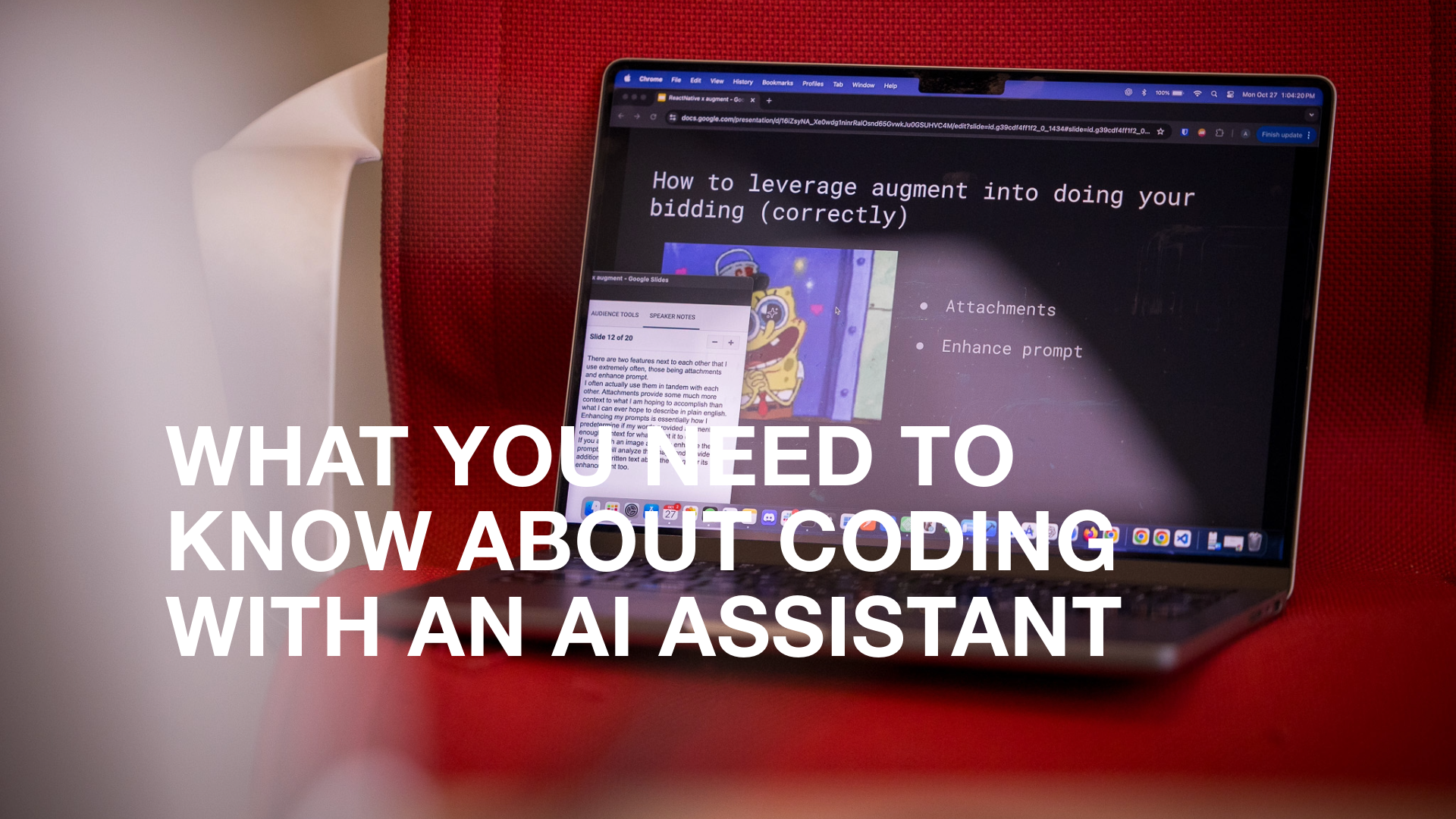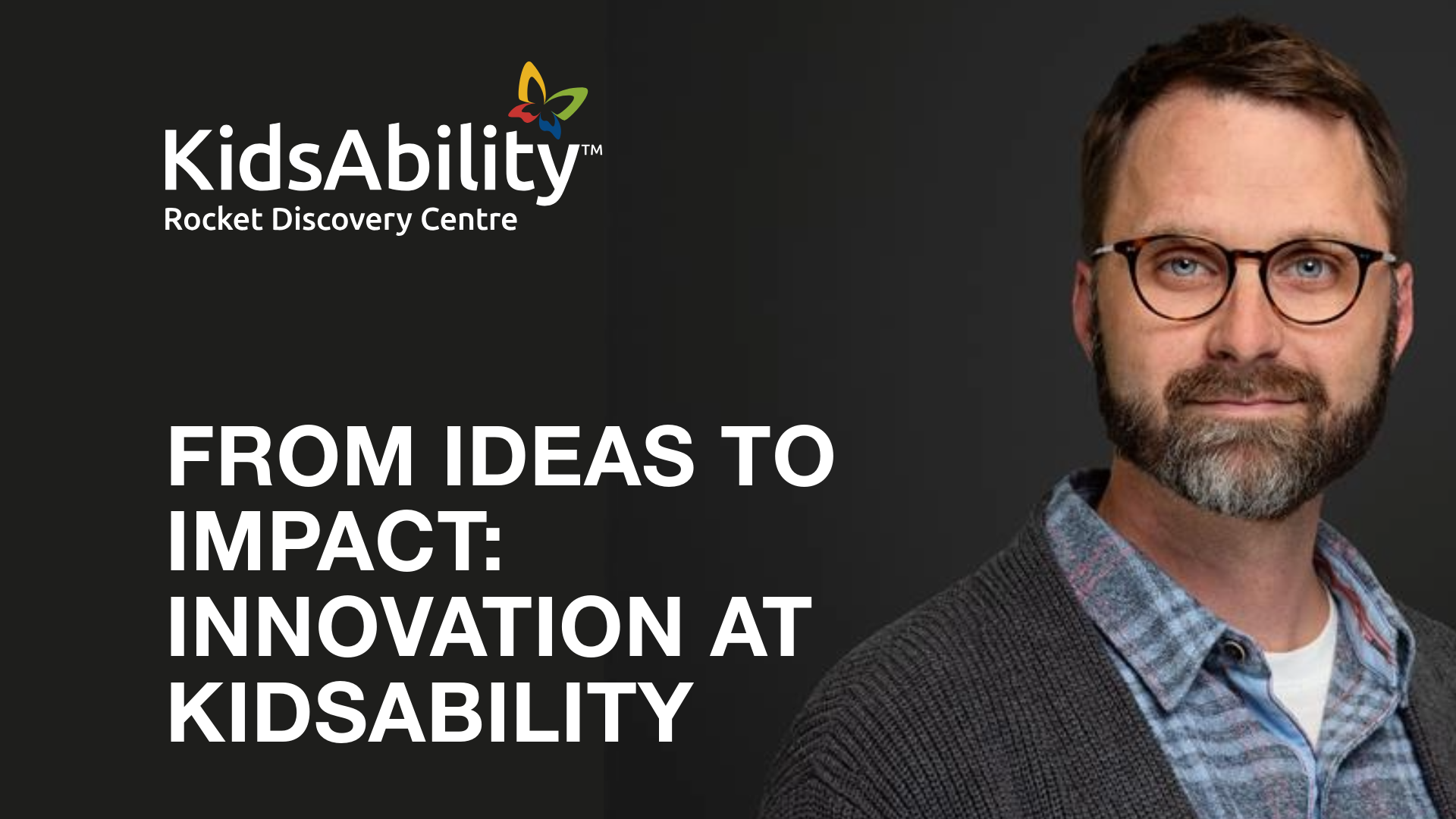Local art competitions rarely make international news. But a winner at last month's Colorado State Fair has been making headlines due to the artist's choice of medium. Instead of oil on canvas or charcoal, Jason Allen submitted a work he created using the artificial intelligence program Midjourney.
"If I could say it in words there would be no reason to paint." – Edward Hopper.
Allen's piece won first place in the digital art competition. The news has sparked a new round of discussions on automation and AI's place in creative works like art, writing, and film.
AI art generators like Midjourny and OpenAI's DALL·E 2 make it possible to bring our visions to life with the help of artificial intelligence. It's a fantastic advancement, especially for those of us who are artistically challenged.
How Midjourney works
Midjourney is accessed through a Discord server and allows AI artists to enter text prompts that the AI program uses to generate four image thumbnails. Once your thumbnails are generated, you can ask Midjourney to create a high-resolution version. You can also tell Midjourney to generate new thumbnail variants with additional text prompts to refine the image.
"In art, the hand can never execute anything higher than the heart can imagine." – Ralph Waldo Emerson.
Behind the scenes, AI art generators like Midjourney are powered by algorithms trained on millions of images available on the internet. With Midjourney, you can enter a prompt to generate an image in the style of famous artists, from Monet to Andy Warhol. Midjourney's AI then takes your prompt, say a taco truck in the desert in the style of either artist and iterates through hundreds of variations before delivering your artwork.

While OpenAI's DALL•E is the more well-known of these new generations of AI art tools, it is still only available in a limited-access beta. Midjourney, on the other hand, is open to the public. Once you've signed up, you receive access to their Discord server, where you're assigned to a random public room. Your free account provides you with 25 free requests. Once you've used these, you'll need to subscribe to one of their paid tiers, ranging from $10 – $30 per month.
Bias and privacy problems in AI art
Artificial intelligence platforms have a reputation for potential racial biases due to the data they are trained on. These biases affect everything from AI-powered facial recognition systems to tools used by employers during interview screenings. These same biases affect AI art generation platforms like Midjourney.
Enter a prompt such as "doctor in a hospital," and you'll likely see a white male doctor. Perform a similar search on Google Images, and you'll see something similar. Without a more comprehensive set of data to train from—and without human intervention to correct the algorithm—these AI tools can only create what they've been taught.

Another challenge for AI art platforms is deepfakes. These images or videos created with AI tools look and sound like real people—often without their permission. These tools have already been used to create everything from a video showing comedian Bill Hader morphing into Tom Cruise during an interview to fake adult images of politicians and celebrities. Midjourney does employ bots on its platform to block sexual or other adult images. Still, other tools exist that can run on home computers without similar checks and balances.
Can AI replace artists?
It's a complex question to answer. Automation has always meant the reduction of humans for a job, from manufacturing to call centres. But automation tools have also created new jobs. It's not just new jobs, either. Automation in manufacturing through the use of robots has helped to create safer working conditions for human employees.
We look at AI art generation platforms and writing tools the same way we look at AI coding tools like GitHub Copilot. Instead of replacing workers, these AI tools enhance our productivity by speeding up research tasks that would otherwise take hours or days to accomplish.
"Everything has its beauty, but not everyone sees it." – Andy Warhol.
GitHub Copilot uses the OpenAI Codex to suggest code snippets as developers code—all right within their code editor. Copilot received some negative feedback at its launch, partly due to its algorithm being trained on public code repositories on GitHub.

Some developers said this amounted to GitHub using their code for free, while others saw it as an extension of how developers use tools like GitHub and message boards like Stackoverflow to find solutions to problems as they work.
This is all part of a new frontier where expectations are starting to change. Art created with human hands is still a crucial part of cultures worldwide, but AI-generated art has its place for prototyping and graphic automation for things like blog posts (including this post). AI art platforms provide an opportunity to look at how we build these tools—and how we can make them more open and reflective of the world we share.




